ECB maintained its interest rates as widely expected, holding main refinancing rate and deposit rate at 4.50% and 4.00%. Most importantly, for the first time, the central bank explicitly indicated the possibility for future interest rate cuts, which would be seen as a conditional guidance for a June adjustment.
“If the Governing Council’s updated assessment of the inflation outlook, the dynamics of underlying inflation and the strength of monetary policy transmission were to further increase its confidence that inflation is converging to the target in a sustained manner, it would be appropriate to reduce the current level of monetary policy restriction,” ECB said. Nevertheless, the decision will still be data depended, and meeting-by meeting.
Current observations have “broadly confirmed” ECB’s medium-term inflation outlook, with continued decline in inflation rates primarily driven by decreases in food and goods price inflation. Most measures of underlying inflation are showing signs of easing, and there is a gradual moderation in wage growth. Additionally, firms seem to be accommodating some of the labor cost increases within their profit margins, which is a positive development for inflationary pressures.
Meanwhile, financing conditions remain restrictive and previous interest rate hikes are still impacting demand, contributing to the downward pressure on inflation. Yet, the persistence of strong domestic price pressures, particularly in the services sector, indicates that services price inflation remains elevated.
Full ECB statement here.




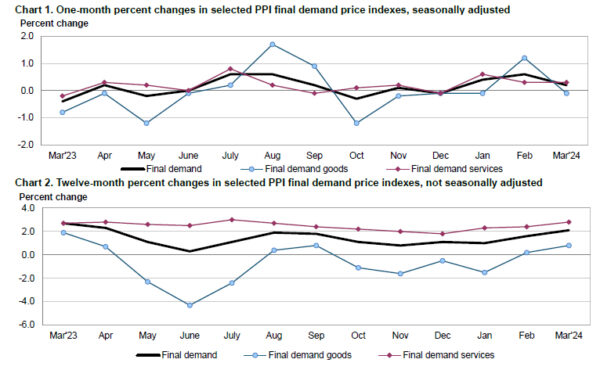
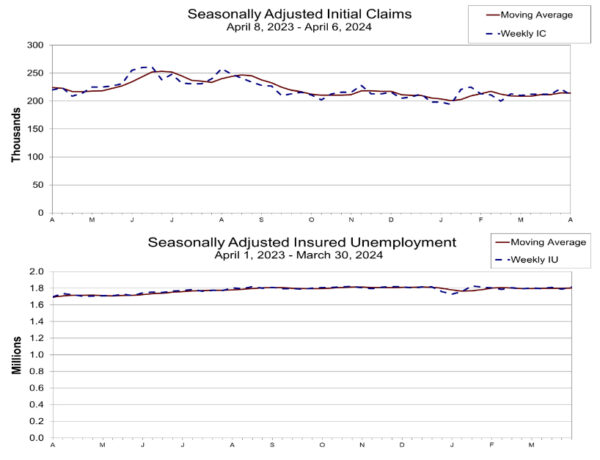
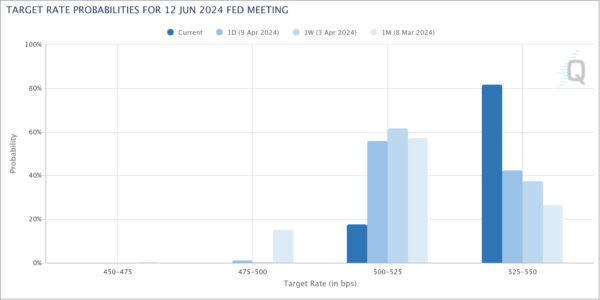
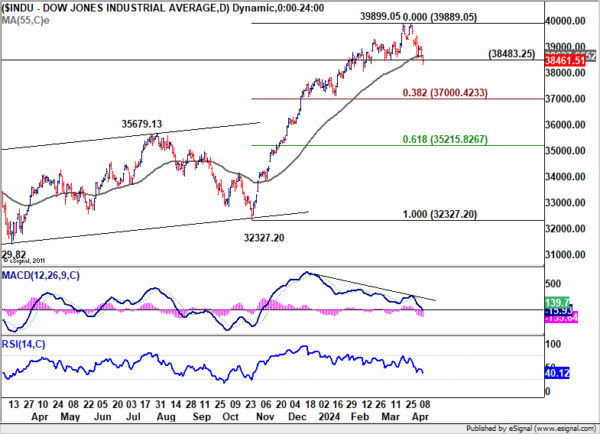
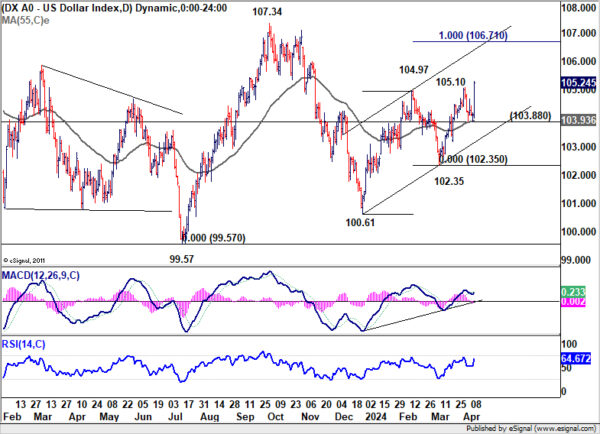
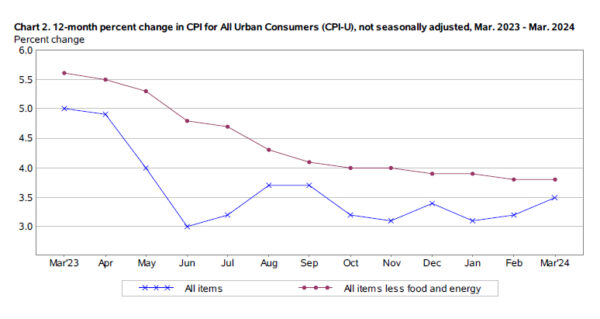
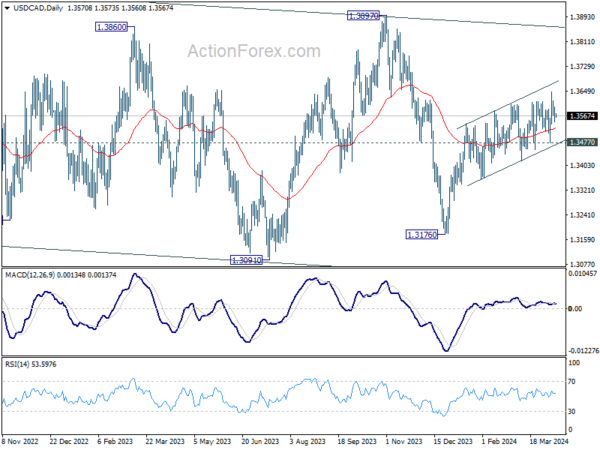
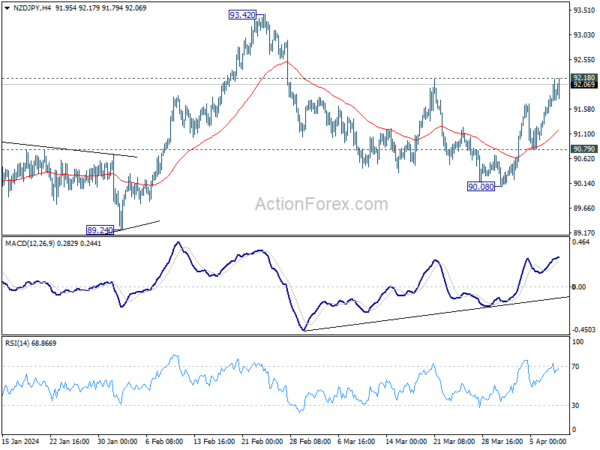
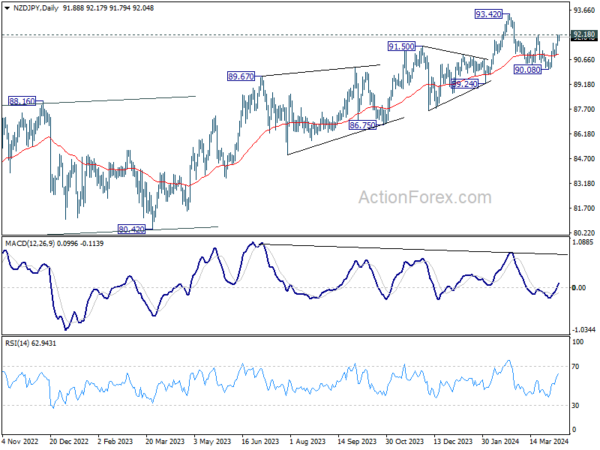
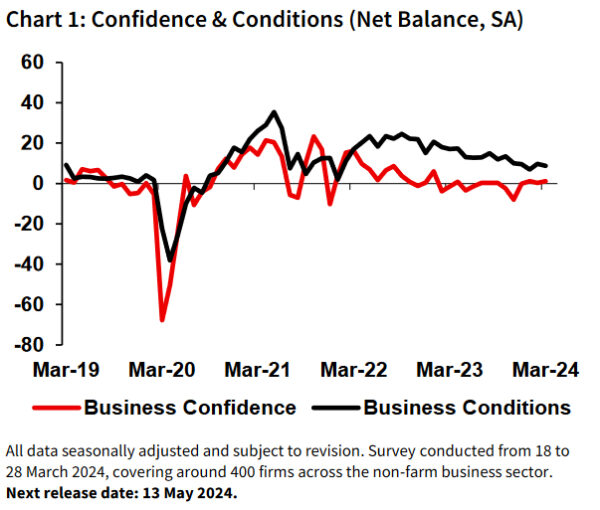
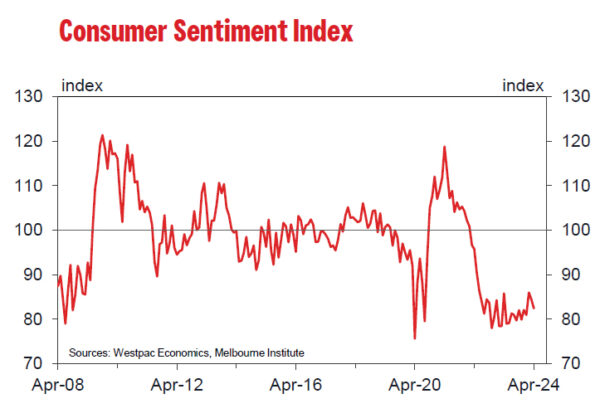
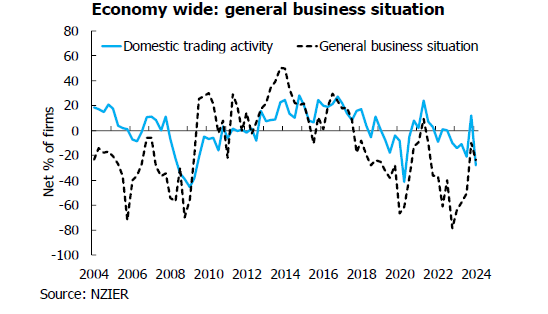

Fed’s Williams: Fed to stay data-dependent as outlook ahead is uncertain
New York Fed President John Williams suggested that, should the economy evolve as anticipated, it would be prudent to “dial back the policy restraint gradually over time, starting this year.”
However, he was quick to stress the inherent uncertainty in the economic outlook, underscoring the need for Fed to maintain a data-dependent approach.
“The outlook ahead is uncertain, and we will need to remain data-dependent,” he said in a speech, adding “I will remain focused on the data, the economic outlook, and the risks as we evaluate the appropriate path for monetary policy to best achieve our goals.”
Williams also touched upon inflation, projecting a continued but gradual decline towards Fed’s 2% target. He cautioned, however, that this trajectory might not be smooth, referencing “bumps along the way” evidenced by some recent inflation data.